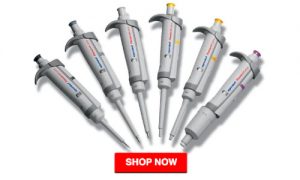5 Tips to Improve Your Pipetting Accuracy
Micropipette is a common instrument that can be found in most of the biotechnology research lab. You can use micropipette to transfer small quantities of liquid, usually ranging from 0.1 to 10,000µL. Due to the small transferring volume, it is vital to ensure the variation for each transferring volume is as low as possible. Most of the pipetting errors are caused by the operator. Here, we’ll show you the top 5 tips for basic pipetting techniques that can improve your pipetting accuracy.
Pre-rinse your new pipette tips before aspirating a sample for delivery
Pre-rinse your new tips helps to increase the humidity in the tips, therefore reducing any variation of sample loss due to sample evaporation. Besides, it helps to equilibrate the temperature between the tips and sample which can help to increase the accuracy.
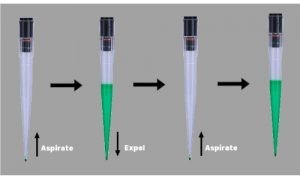
Pre-wet pipette tips help to condition your pipette tips.
Ensure the tips immersion depth is correct
Wrong tip immersion depth can cause inaccuracy of pipetting results. You should immerse the tip between 1-2 mm for micro-volume pipettes, while 5-6 mm for larger volume pipettes. Too much immersion can cause samples to cling to the exterior of the tip, whereas too little immersion might lead to air aspiration.
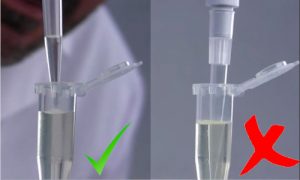
Immerse the tip adequately below the meniscus
Ensure the micropipette is upright during pipetting
During sample aspiration, hold the pipette vertically and avoid touching the side of the container. Holding pipette at an angle decreases the accuracy of the aspiration, especially when pipetting at small volumes (50µl). While touching the pipette tips at the wall of a container can cause loss of sample due to the effects of surface tension.
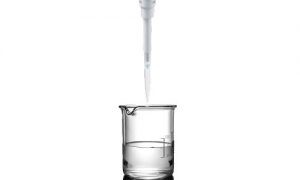
Keep your micropipette upright during pipetting.
Apply consistent plunger pressure and speed
Inconsistent dispensing lead to greater sample-to-sample variation as the plunger pressure and speed is inconsistent. Hence, try to apply the same pressure and speed during pipetting to get reproducible results.
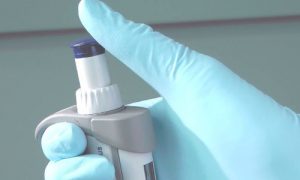
Use consistent plunger pressure and speed.
Good micropipette
With good pipetting skill, you need a good micropipette to get accurate pipetting results. For example, the Eppendorf Research Plus Micropipette. Indeed, the Eppendorf Research plus mechanical pipette is one of the most commonly used pipettes in the world for the past 60 years. It’s a spring-loaded tip cone, a secondary calibration option, an improved volume display and fully autoclavable pipette.
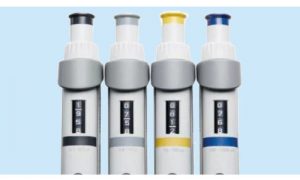
Good micropipette is vital for accurate pipetting result.
Here is the Eppendorf Micropipette Recommendation for You
For single micropipette, you can visit Eppendorf Research Plus G Micropipette.
If you need a set of the micropipette (3 pack) for use with your dearest labmate, you can visit Eppendorf Research Plus G Micropipette, 3 pack.
If you need a set of the micropipette (6 pack + 1 carousel) for use with your dearest labmate, you can visit Eppendorf Research Plus G Micropipette, 6 pack + 1 carousel.

